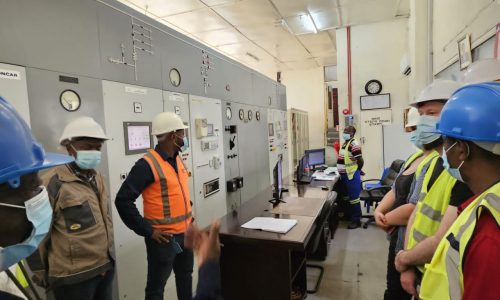ABOUT US

Set up cost-effective innovative sensor networks that can be financed by climate services built on top of these networks.
OUR OBJECTIVES
Our ambition is to close the environmental in situ data gap in Africa. To fulfill this ambition our general objective is to have cost-effective innovative sensor networks that can be financed by the climate services we develop using these sensors. First, we build on recent sensor technology to make measurements cost-efficient. Then, applications are developed that generate large socio-economic value in the fields of geo-hazards, water management, and agricultural information
Our Story

Our Concept
Transformative new methods to measure five essential hydrological variables (rainfall, soil moisture, river flow, bathymetry) at less than 10% of current costs. These reduced costs are essential to have real business models for services that cover the costs of building and operating the networks. The five essential variables will be available through GEOSS.
Our Innovation
Seven new sensing methods have been introduced in Africa. The innovation does not focus only on moving up the Technology Readiness Levels of new measuring methods but, especially, on the usefulness and practical applicability of these methods in specific contexts. The direct linkage of sensors and new value-creating services is part of this innovation because this is essential for long-term financial sustainability. New services assimilate in situ and satellite data in numerical models to make optimal use of the strengths of different sources of information.













